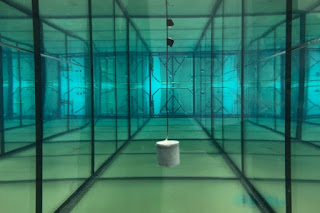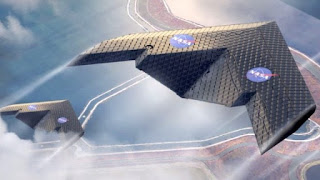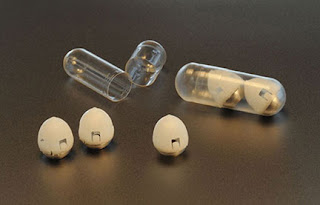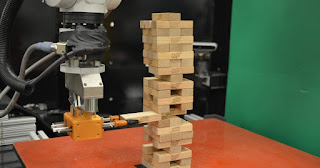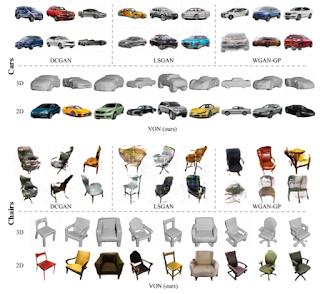MIT Uses AI - Discovers Antibiotic - a 1st

MIT Scientists' Antibiotic Breakthrough Source: AI enabled molecule research stock image Drug Kills Antibiotic Resistant, Killer Bacteria MIT scientists have achieved a world first. They've used artificial intelligence (AI) to discover what may be the world's most powerful antibiotic. The power and promise of the drug is its ability to fight the growing global epidemic of deadly bacteria resistant to antibiotics. The World Health Organization calls these bacteria one of the biggest threats to global health. The MIT discovered molecule kills antibiotic resistant, killer bacteria. Machine Learning Algorithm The key to the MIT team's success is artificial intelligence and the powerful algorithm they created. The MIT scientists say the algorithm was inspired by the architecture of the human brain. The algorithm analyzed millions of chemical compounds and thousands of drugs to identify those with enough attributes to kill e-coli. Through the p




